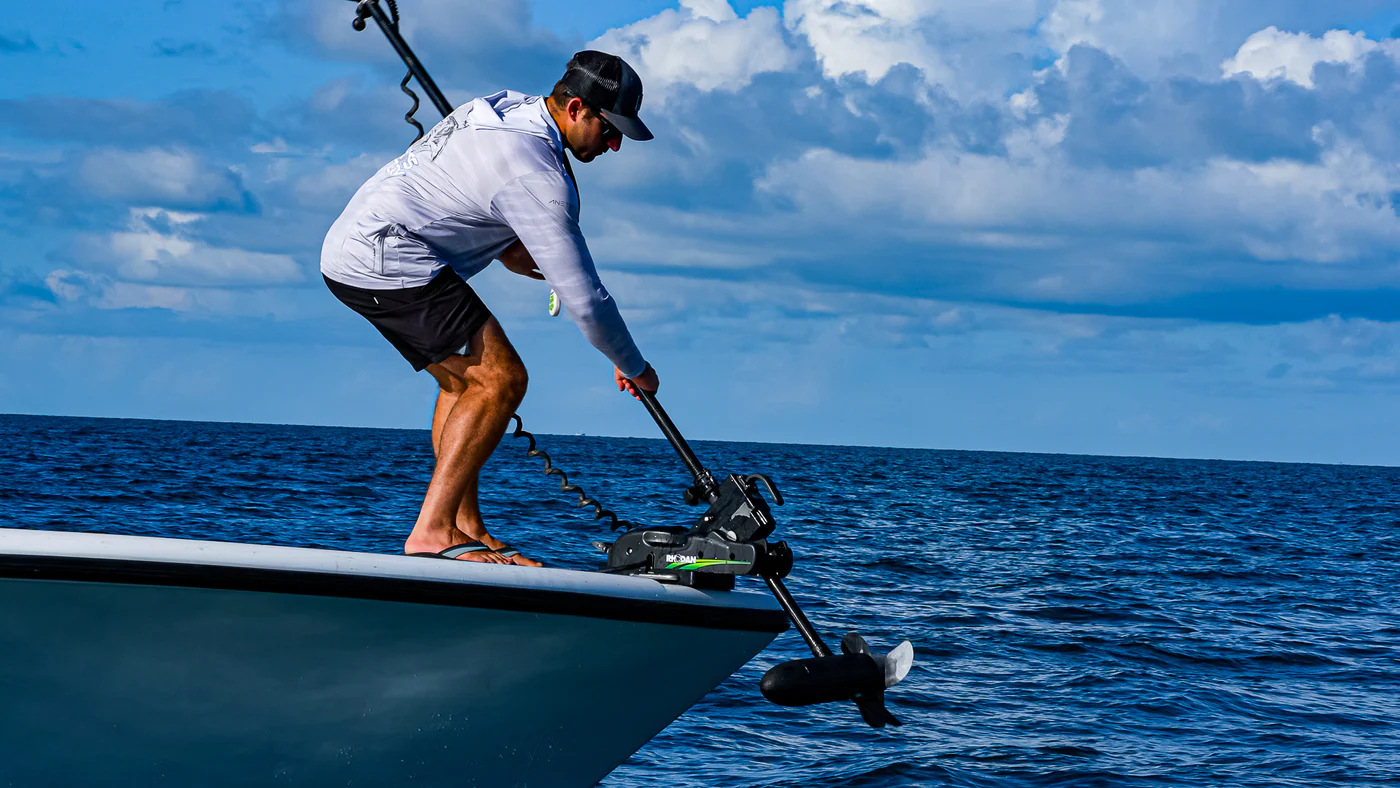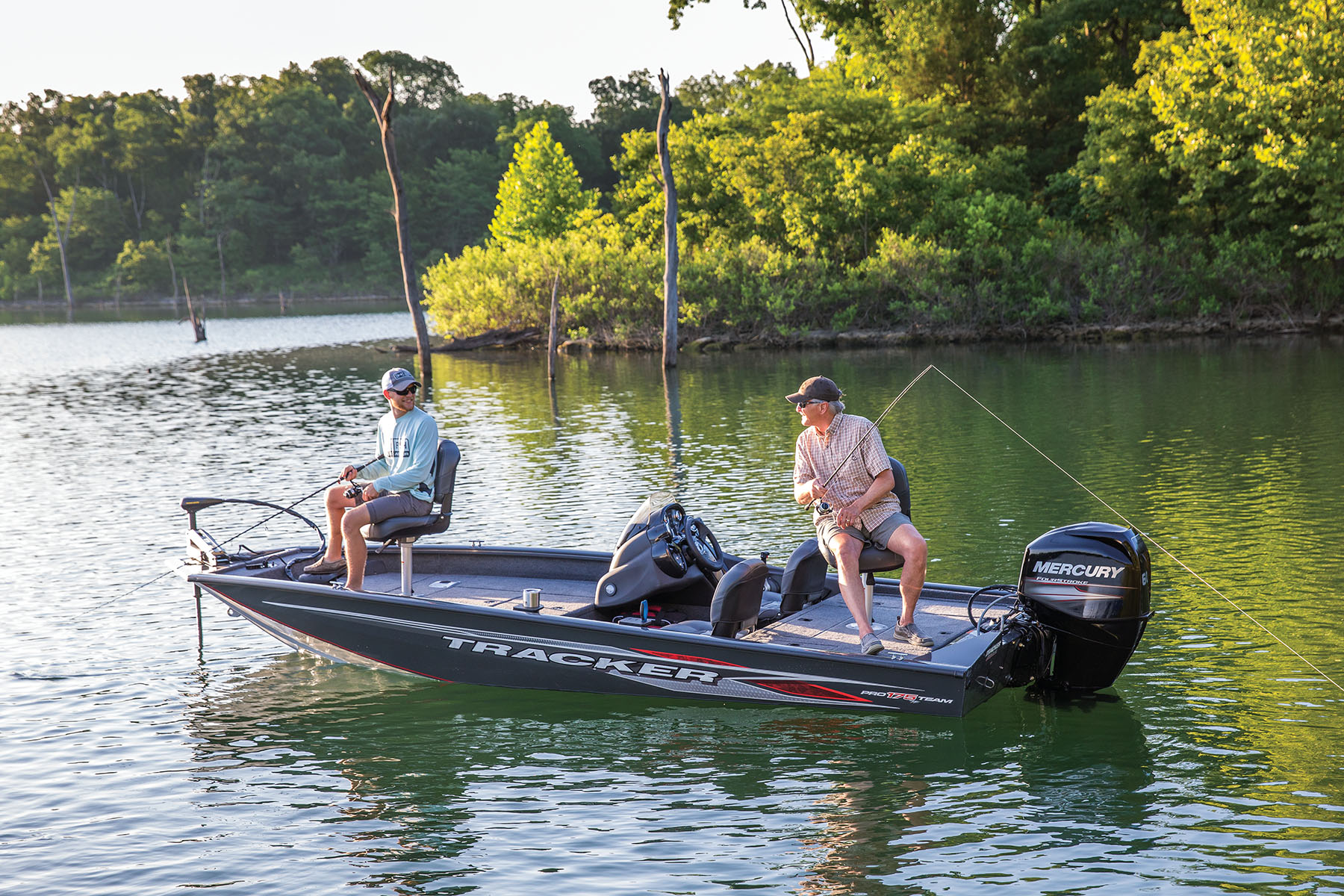Night Fishing: The Ultimate Guide to Mastering the Art of Nocturnal Angling
Night fishing offers anglers a unique experience on the water, providing the chance to catch fish that are most active during the twilight hours. As the sun sets, the water cools down and fish move into the shallows to feed. This is the ideal time for fishermen to take advantage of the calmer waters and heightened fish activity. Implementing the right strategies during night fishing can determine the success an angler achieves.
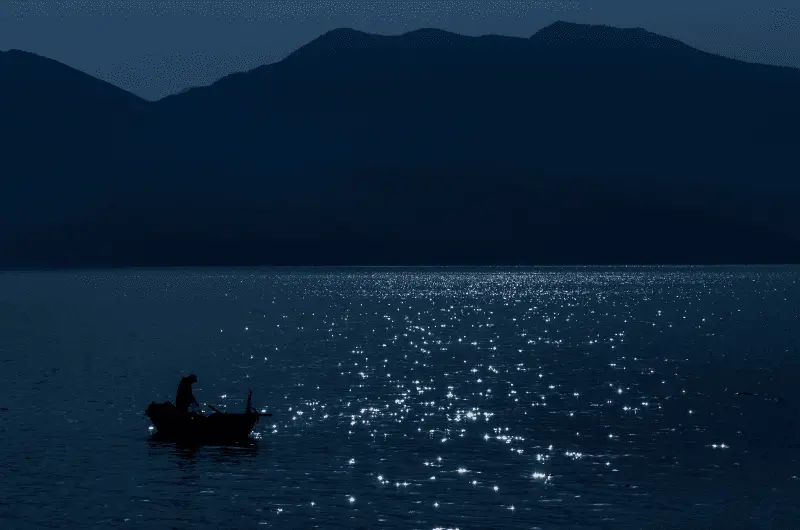
In this ultimate guide, we will discuss essential tips, techniques, and gear required for an enjoyable and fruitful night fishing experience. From selecting the right bait and tackle to focusing on the best locations and depths, our guide will provide the essential information for both novice and experienced fishermen looking to embark on a nocturnal fishing adventure.
Additionally, we will delve into safety measures and consider the specific factors that can affect the behavior and location of fish during nighttime hours. By gaining a comprehensive understanding of these aspects, anglers can effectively adapt to their surroundings and maximize their chances of success while enjoying the serenity of night fishing.
Why Night Fishing
Advantages over Daylight Fishing
Night fishing presents several advantages over daylight fishing. For starters, many fish species are more active during the night, increasing the chances of a successful catch. Additionally, night fishing is often less crowded, allowing anglers to have a more peaceful and quiet fishing experience.
One crucial advantage is that the cooler temperatures at night can be more comfortable for both the angler and the fish. As a result, fish are more likely to be closer to the water surface in search of food, making them easier to catch. Reduced visibility underwater also means that fish rely more on their sense of smell and sensitive lateral lines to detect prey. Anglers can use this to their advantage by using glow-in-the-dark lures and underwater green lights to attract fish.
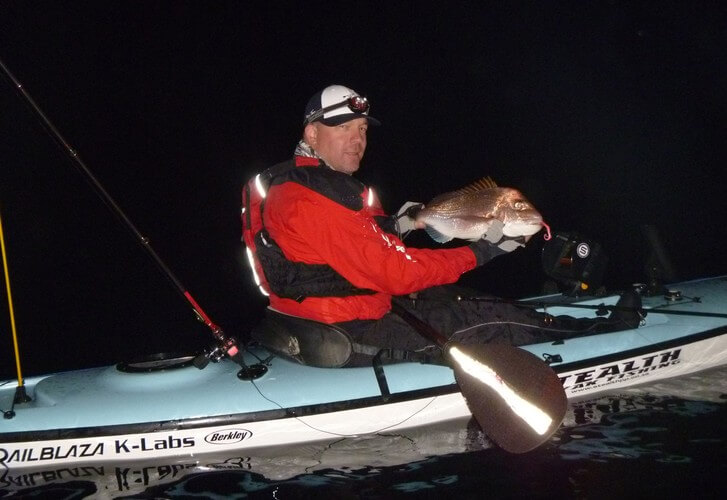
Fish Species More Active at Night
Several fish species, both freshwater and saltwater, are more active during the night, including:
- Bass: Largemouth and smallmouth bass are known to be more active during dusk and dawn, but they continue to feed throughout the night, especially during warmer months.
- Trout: Brown trout, in particular, are known to feed more actively at night, making them a popular target for nocturnal anglers.
- Catfish: Nocturnal by nature, catfish are highly active at night, using their keen sense of smell and taste to locate food.
- Pike: Similar to bass, pike are more active during twilight hours but can be caught at night using the right techniques and larger, more visible lures.
- Crappie fishing: Crappie can be more active at night as they move to shallower waters to feed on smaller prey. Anglers often use lighted bobbers or underwater lights to attract them.
- Saltwater fishing: Many saltwater species, such as tarpon, redfish, and snook, are more active at night, often found in inlets, bridges, and docks, where lights attract baitfish making it a prime feeding spot.
By understanding the increased activity levels of these fish species at night, anglers can target specific fish and increase their chances of a successful catch. Night fishing provides a unique opportunity to experience the serenity and beauty of the great outdoors while engaging in a challenging and enjoyable sport.
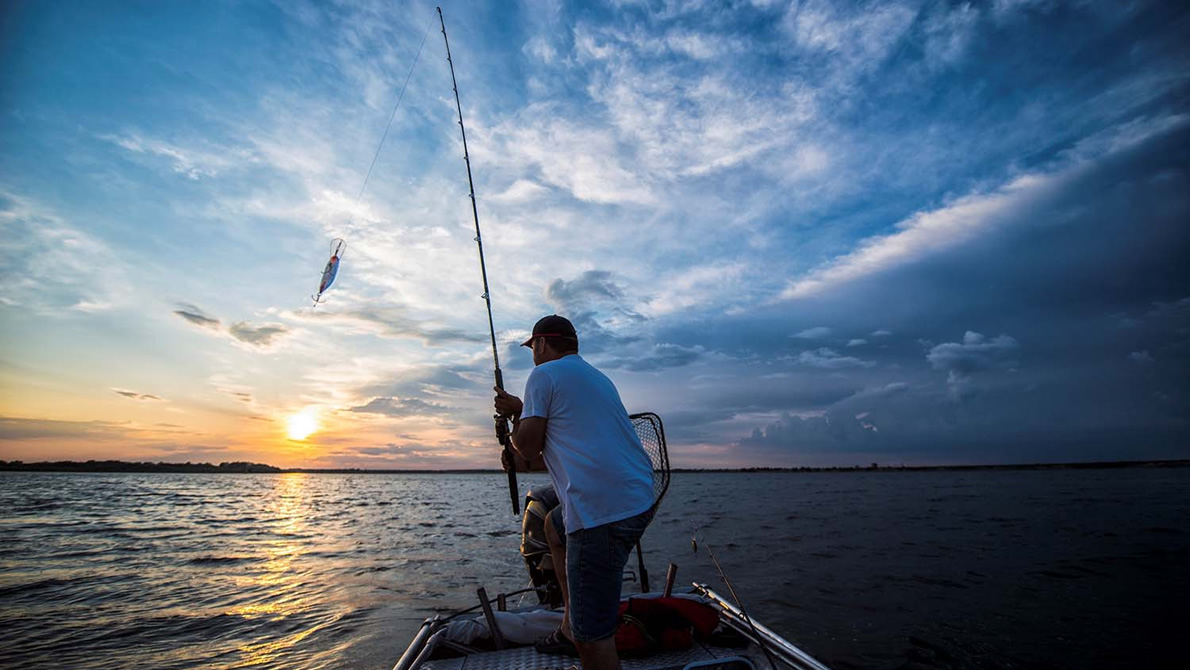
Safety and Preparation
Essential Gear
When planning a night fishing trip, it is crucial to have the right gear. Essential items include a waterproof and durable fishing rod, the appropriate bait for the target fish species, and sufficient water and snacks to stay hydrated and energized. It is also important to have a reliable headlamp or flashlight to improve visibility in the dark. Lastly, always check the local fishing regulations before heading out to ensure compliance and respect for the environment [^1^].
Lighting and Visibility
Proper lighting is crucial for night fishing to not only make the activity more enjoyable but also ensure safety. Invest in a headlamp to keep your hands free while casting and reeling. A flashlight is also a practical backup option. Glow sticks can be used to mark your fishing lines and even attract fish[^2^]. Additionally, consider attaching glow stick markers to gear or clothing to increase visibility and avoid tripping hazards in low light conditions.
First Aid and Communication
A well-stocked first aid kit should be part of your night fishing essentials to address any injuries that may occur[^3^]. Equally important is a fully-charged phone or radio for communication in case of emergencies. Inform someone about your planned fishing location and estimated return time. If possible, bring along a friend or fishing buddy to enhance safety and make the experience more enjoyable.
Checking Weather and Regulations
Before embarking on a night fishing trip, research the weather forecast and water temperature to make informed decisions about suitable locations and appropriate clothing[^4^]. Keep in mind that clear and calm nights typically yield the best results, while rough waters can be challenging and less productive. Familiarize yourself with local fishing regulations, and take note of any protected areas or species to ensure your nighttime adventure is both legal and responsible[^5^].

Night Fishing Locations
Freshwater Spots
When night fishing in freshwater locations, anglers can target a variety of species such as walleye, carp, and crappie. Lakes, rivers, and reservoirs often provide excellent opportunities for catching these fish. Look for areas with structure and cover, such as submerged trees or aquatic plants, to find resting and feeding fish.
Saltwater Spots
In saltwater environments, popular species for night fishing include sharks, striped bass, tarpon, and snook. Coastal areas like bays, inlets, and estuaries are prime spots for catching these species. Keep an eye out for locations where currents meet, as they can attract baitfish and the predatory fish that feed on them.
Shoreline Fishing
Shoreline fishing at night offers the advantage of not needing a boat. You can fish from beaches, rocky coastlines, or other shoreline access points. For freshwater shoreline fishing, focus on areas with sloping banks or rocky shorelines. In saltwater environments, anglers can find success on beaches where waves break, creating natural baitfish traps for predatory fish like striped bass and snook.
Fishing on Piers and Docks
Piers and docks provide excellent night fishing opportunities for both freshwater and saltwater locations. The structure and lights from these areas often attract fish. For freshwater species like crappie, look for docks or piers with submerged lights or structures like pilings to hold the fish. In saltwater settings, piers can attract a variety of species, from tarpon to smaller baitfish, making them prime spots for nighttime anglers.
By considering these locations and the specific species you're targeting, you'll be more likely to have a successful night fishing experience. Remember to bring essential gear, such as proper lighting and batteries, to ensure a safe and enjoyable outing.

Choosing the Right Equipment
Fishing Rods and Tackle
When preparing for a night fishing adventure, selecting the right fishing rods and tackle is crucial. Choose the rods based on the desired species and water depth you'll be fishing in. Ensure the tackle is appropriate for the size and strength of the fish you're targeting. Also, consider using gear that's easy to handle in low-light situations, as this will make the fishing experience smoother and more enjoyable.
Baits and Lures
The success of your night fishing endeavor depends largely on the baits and lures you use. When considering live bait, select species that are commonly found in the area you'll be fishing. This will improve your chances of attracting the desired fish. Glow in the dark lures are excellent choices for night fishing, as they stand out and trigger instinctive strikes from larger fish. Some popular options for night lures include topwater lures, crankbaits, and spinnerbaits.
Lighting and Fish Attraction
Proper lighting is essential for a successful night fishing trip. Invest in a quality flashlight and headlamp to help you navigate your surroundings and rig your equipment. For attracting fish, underwater fishing lights are highly effective. Green light is particularly popular, as it penetrates deeper into the water and attracts various fish species.
Apart from underwater lights, surface-level fishing lights such as black lights can enhance your fishing experience. Combine these with floating fishing lights for a more effective fish attraction strategy. Ensure your boat has adequate bow and stern lights for safety purposes when night fishing.
Lastly, carry a paddle with a red light attached for use in emergencies or when you need to signal other boats on the water.
By choosing the proper equipment, you'll increase your chances of a successful night fishing trip. Following these guidelines on selecting the right fishing rods, tackle, baits, lures, and lighting will ensure you're well-prepared for your nighttime angling adventure.
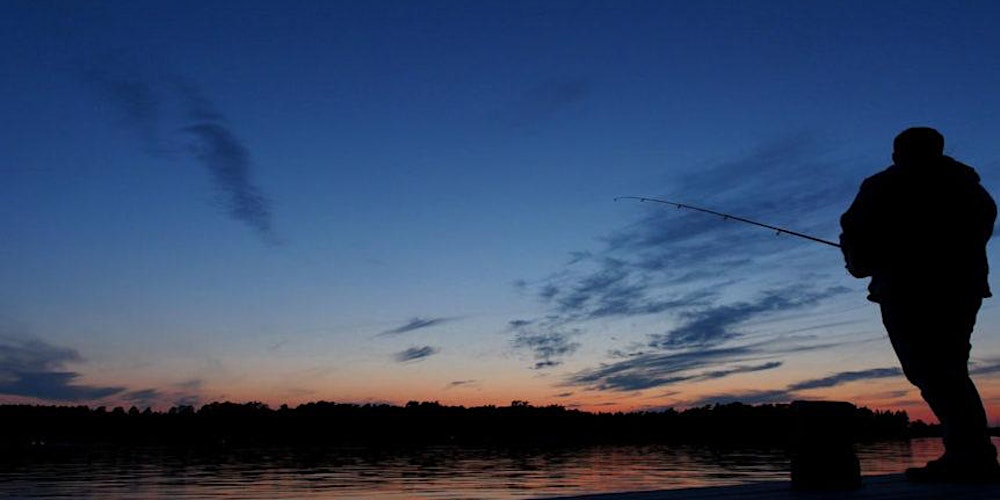
Night Fishing Strategies and Tactics
Studying Marine Life and Predatory Patterns
Night fishing success depends on understanding the behavior and patterns of fish in both freshwater and saltwater environments. Studying marine life helps to identify the types of fish that are more active during nighttime hours. Predatory fish, for example, may be attracted to areas with high baitfish concentrations. Observe bird activity as it can indicate areas with good numbers of smaller fish for the targeted species.
Some fish species, such as those generally found in freshwater, are also known to be more attracted to submerged lights or other attractants during the night. Researching and learning about the marine life inhabiting the body of water you plan to fish gives you valuable insights into the predatory patterns that will lead to a successful catch.
Adjusting Techniques Based on Light Conditions
Low light conditions can greatly affect the fishing style, so it's essential to adjust your techniques accordingly. For example, during a full moon, fish may be more likely to be found near the surface of the water. According to this ultimate night fishing guide, using lures like spinners and spinnerbaits create vibrations that attract fish, especially during low light conditions. Lures that glow in the dark, beads, and other attractants can further increase your chances of attracting fish.
Using Weather and Water Conditions to Your Advantage
Weather and water conditions play a crucial role in night fishing. According to FishingBooker, the best time for night fishing is during clear and calm conditions, between 8:00 p.m. and 3:00 a.m. Fishing during windy or rough weather can decrease your chances of success as it can make fish less active and difficult to find.
Make use of available technology, such as GPS systems and information from other anglers, to locate areas with favorable conditions. This will help you determine the best spots to focus your efforts and increase your chances of success.
Understanding and employing the right combination of tactics, such as studying marine life, adjusting techniques based on light conditions, and using weather and water conditions to your advantage, will significantly improve your night fishing experience. Combining knowledge from various sources with personal experience, anglers can develop successful strategies that lead to memorable catches under the night sky.
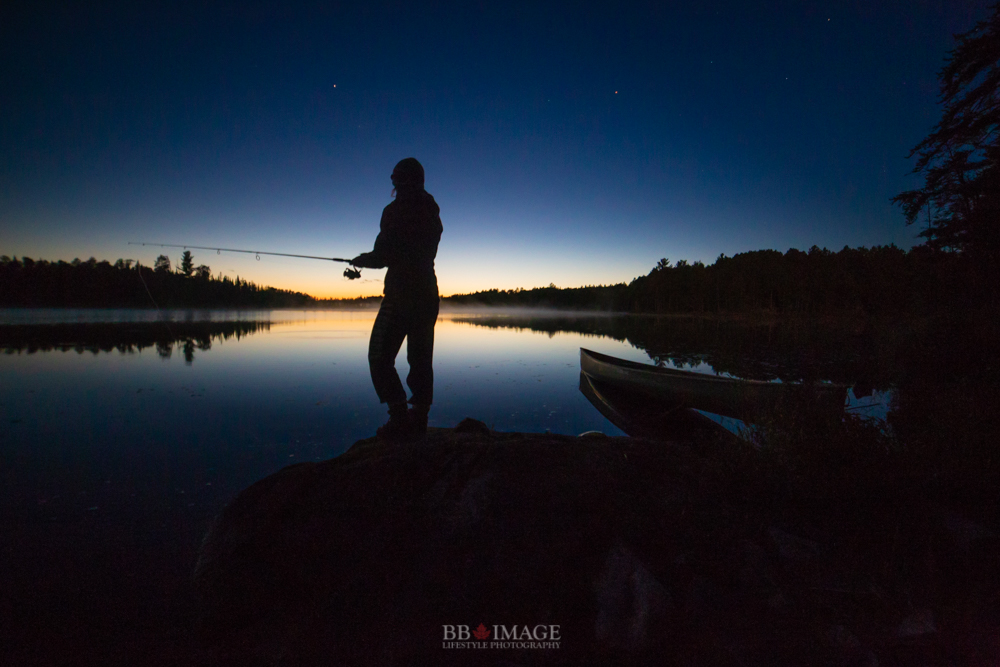
Species-Specific Night Fishing Tips
Bass
When targeting bass at night, it is essential to use lures and baits that create noise and vibrations to attract these predators. Spinnerbaits, chatterbaits, and topwater lures are effective options for this purpose. Remember to focus on areas with cover, such as submerged structures, vegetation, or docks as bass are known to ambush prey around them at night. Slowly retrieve your lure to increase bass' chances of locating it in the dark.
Trout
For night fishing trout, live bait is often the most effective choice. Consider using natural baits such as worms, minnows, or nightcrawlers to entice trout to bite. Additionally, you can use brightly colored lures, including spoons or spinners, that can easily be spotted in low-light conditions. Cast your bait near the shoreline or shallow waters where trout are likely to patrol searching for food.
Catfish
Catfish possess an incredible sense of smell and are most active during nighttime hours. Live bait with a strong scent like cut bait (fish chunks), shrimp, or chicken liver are ideal options for attracting catfish. Focus on fishing in areas with slow currents and deep water. Experiment with different depths to locate where catfish are actively feeding.
Pike
Night fishing for pike requires the use of large, brightly colored lures to get their attention. Slow-moving, noisy lures such as crankbaits and jerkbaits are optimal for enticing pike. Target areas with weed lines, drop-offs, and other structures where pike might be waiting for an opportunity to ambush their prey.
Walleye
To successfully catch walleye at night, select lures with a combination of light-reflecting and vibrating qualities. Minnow-imitating lures, swimbaits, and glow-in-the-dark lures can be particularly effective. Look for areas with rocky bottoms or other structure, as these spots provide optimal hunting grounds for walleye.
Carp
Carp can be caught during the night using a variety of baits. Popular options include corn, dough balls, and boilies, which can be scented to further attract carp. When fishing for carp at night, focus on quieter, shallower waters near the edges of lakes, ponds, or rivers, where these fish come to feed away from disturbances. Patience is key when targeting these elusive creatures.
Common Challenges and How to Overcome Them
Bait and Lure Issues
One common challenge when night fishing is finding the right bait and lures. With the absence of sunlight, fish rely on their senses of smell and sound to locate prey. Use live bait, such as eels or plankton, as they produce their own scent and movement, attracting fish more effectively at night. On the other hand, consider using noise-producing lures like spinners and chatterbaits. Topwater lures are a great choice for murky water, as they create surface sound and splashes, attracting fish in low-visibility conditions.
Navigating in the Dark
Navigating in low-light situations can be difficult and risky. To safely enjoy your night fishing experience, invest in proper lighting equipment like headlamps, LED lanterns, and boat lights. Explore the area during daylight hours to familiarize yourself with the terrain and identify potential hazards. And don't forget to bring a handheld GPS or smartphone with mapping capabilities to help guide your way.
Cold and Wet Conditions
Nighttime fishing often means dealing with cold temperatures and damp conditions. Start by wearing suitable layers — thermal base layers, a warm insulating mid-layer, and a waterproof outer layer. Additionally, pack an extra set of clothes, gloves, and a hat in a waterproof bag to ensure you stay warm and dry throughout the night.
Dealing with Predators and Dangerous Situations
Nocturnal creatures like snakes and alligators might pose a risk to night anglers. Research the local wildlife in your fishing area and take extra precautions when wading through shallows or walking along the shoreline. Carry a reliable, sturdy stick to use as a tool for probing the water or fending off potential threats. Lastly, always let someone know your fishing plans, location, and estimated time of return for added safety.
In conclusion, night fishing can present unique challenges, but with proper preparation and attention to detail, you can overcome these obstacles and enjoy a successful nocturnal angling adventure.
Charlie is Editor-in-Chief of Sea Magazine



